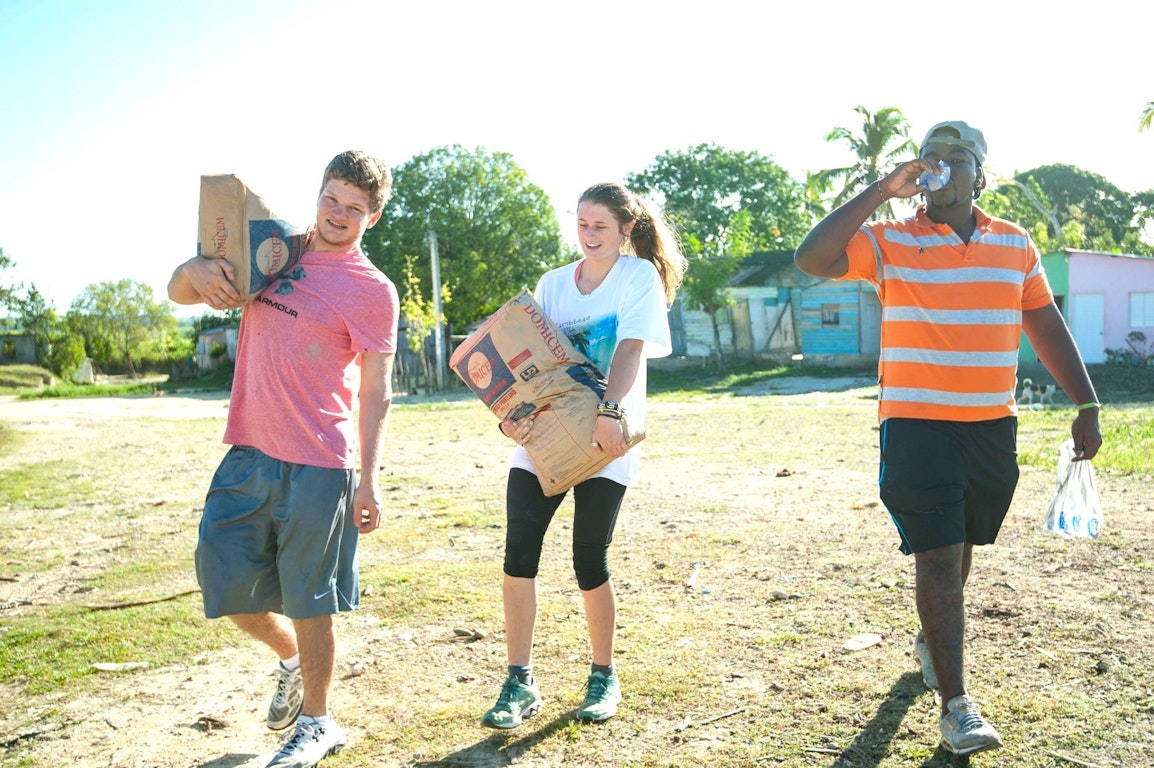Gap year programs are post-secondary transition experiences or youth mobility programs that can range from highly structured internships to independently executed experiential learning journeys. The right match depends on your learning goals and life stage.
Want a full overview first? Read: What Is a Gap Year and Why It Matters
There’s no single “best” gap year program for every student. The best fit depends on your goals (college readiness, career skills, independence, service, language), your budget, and how much structure you want. Below, you’ll compare the most common types—volunteering, study abroad, cultural exchange, and work or internships—plus a checklist to choose confidently.
This guide is for: high school graduates, college-bound students, and young adults (typically ages 17–22) considering a structured or independent gap year program.
Not sure yet? Parents and educators can also use this guide to compare program types, supervision levels, and outcomes.







